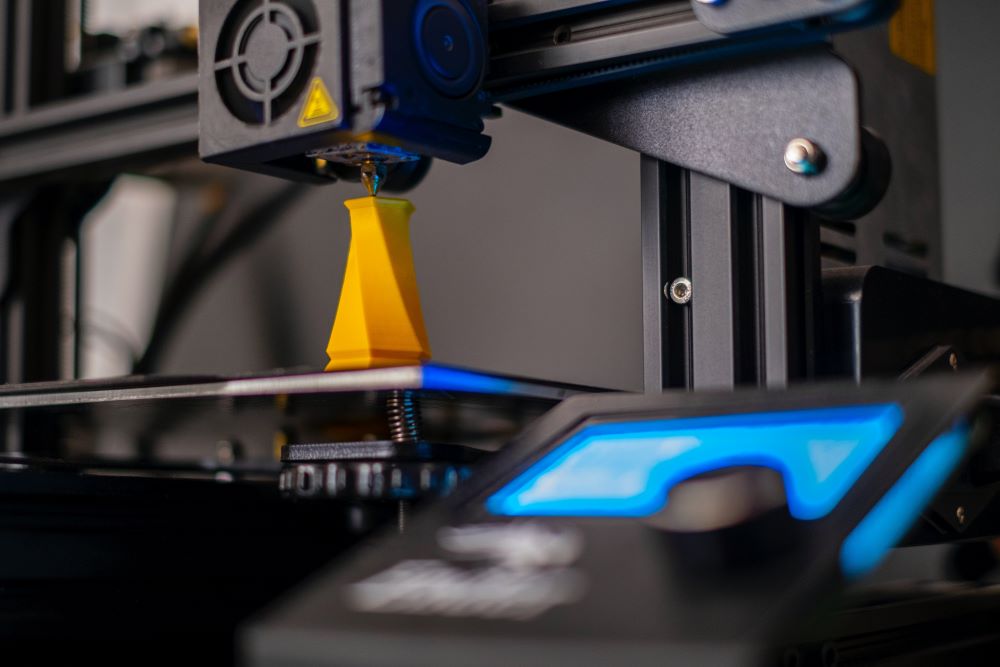Blog Posts

June 27, 2023
Home bleaching trays vs in-office tooth whitening
Home bleaching trays and in-office tooth whitening are both effective methods for achieving a brighter, whiter smile.
Continue reading
June 6, 2023
TMJ Management with Botox and Occlusal Guards
Botox and occlusal guards are two different treatments that can be used to address the symptoms of temporomandibular joint (TMJ) disorder.
Continue reading
May 23, 2023
3D Printing in Dentistry
3D printing, also known as additive manufacturing, is a technology that is being used in dentistry to create a wide range of dental prosthetics and surgical guides. 3D printing allows for the creation of highly precise, custom-made dental products that are tailored to the individual patient's needs.
Continue reading
May 9, 2023
Mouth Taping
Mouth taping is a technique where a person tapes their lips shut at night to prevent them from opening during sleep. The idea behind this technique is that it can promote nasal breathing and prevent mouth breathing, which is thought to have a number of potential health benefits.
Continue reading
April 25, 2023
CEREC and CAD/CAM in Dentistry
CEREC (Chairside Economical Restoration of Esthetic Ceramics) is a technology that uses milling devices and CAD/CAM (computer-aided design and computer-aided manufacturing) technology to create custom-made dental crowns in a single appointment.
Continue reading
April 11, 2023
Night Guards vs Sports Guards
Night guards and sports mouth guards are both dental devices that are worn in the mouth to protect teeth, but they are used for different purposes and have different characteristics.
Continue reading
March 28, 2023
Traditional Braces vs Clear Aligners
Traditional braces and clear aligners are both methods used to straighten teeth and correct bite problems, but they involve different techniques and have different advantages and disadvantages.
Continue reading
March 21, 2023
Dental Implant vs Bridge
Dental implants and bridges are both used to replace missing teeth, but they involve different techniques and have different advantages and disadvantages.
Continue reading
March 6, 2023
Crowns vs Veneers
Crowns and veneers are both dental procedures used to improve the appearance of teeth, but they are used for different purposes and involve different techniques.
Continue reading